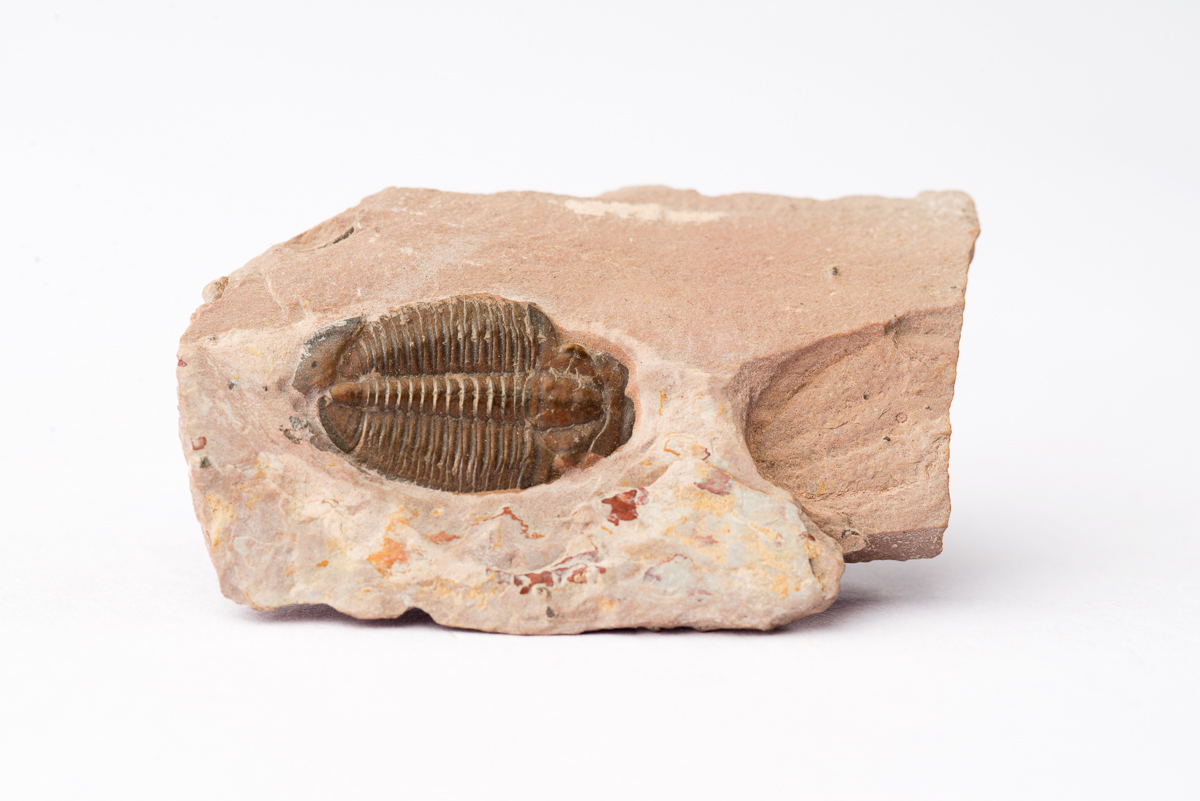
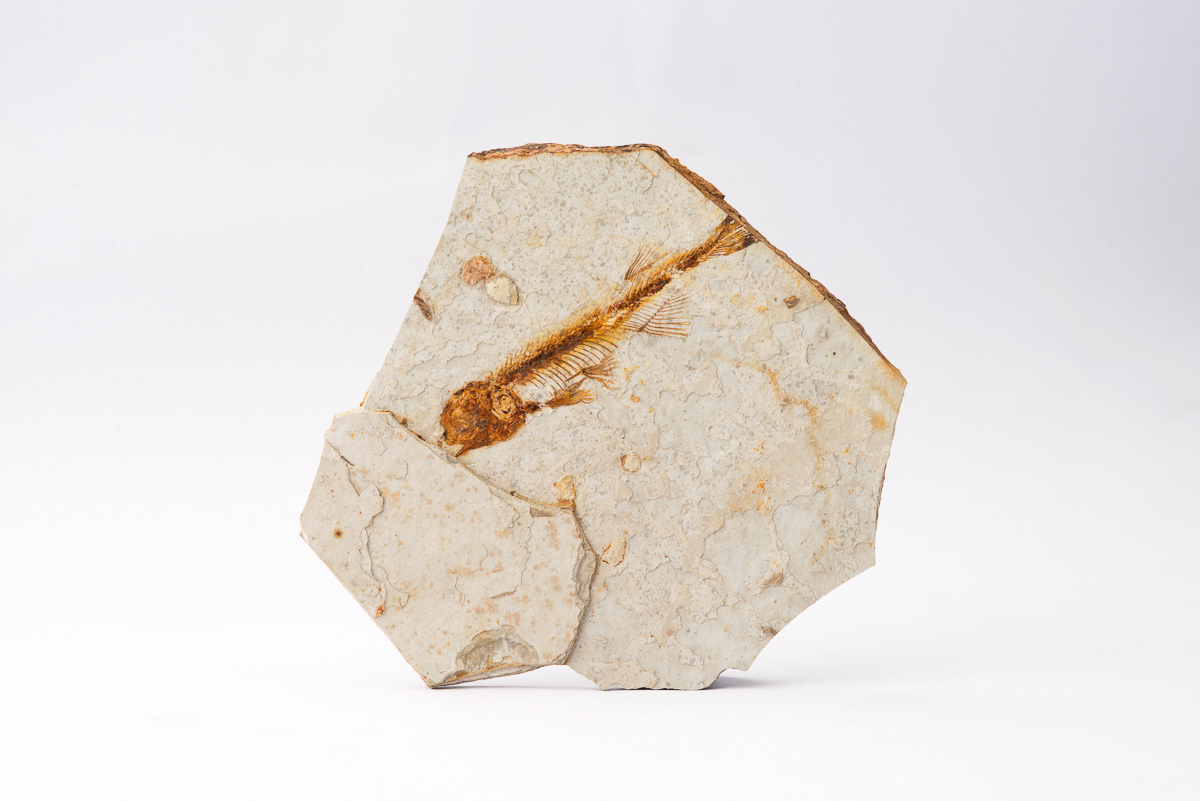
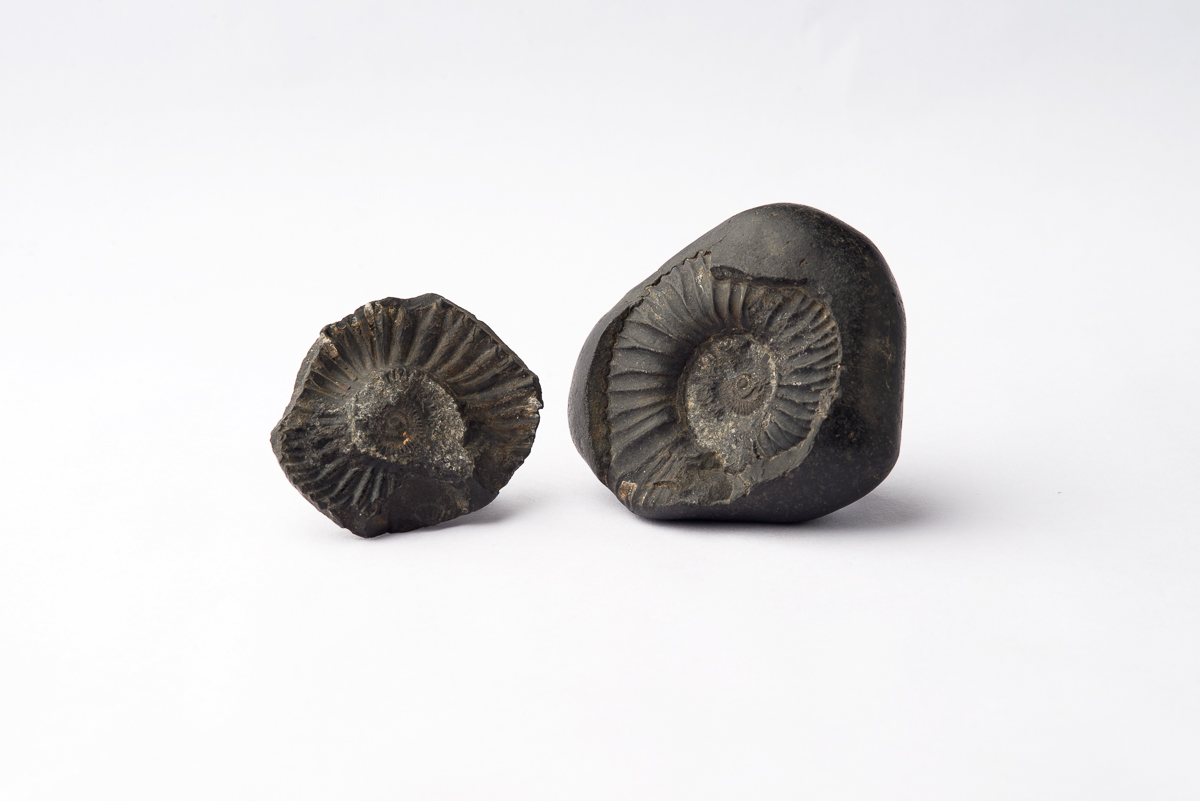

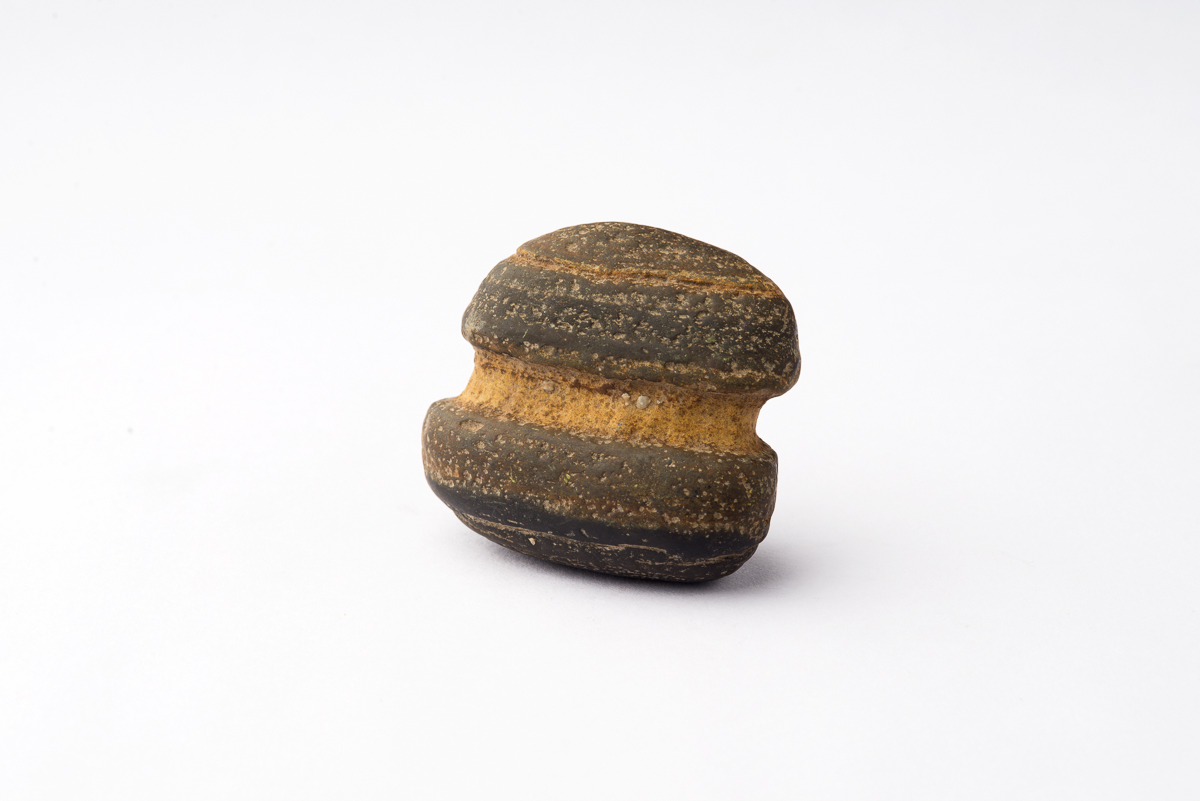
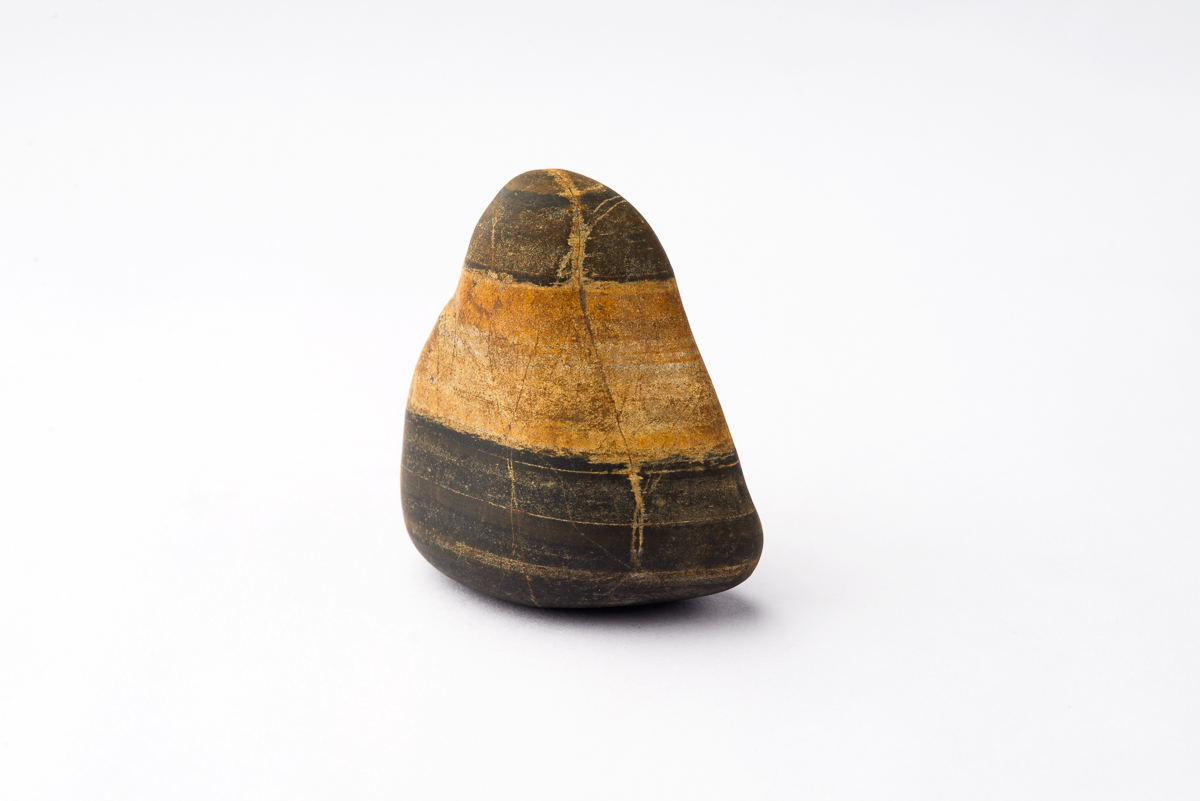
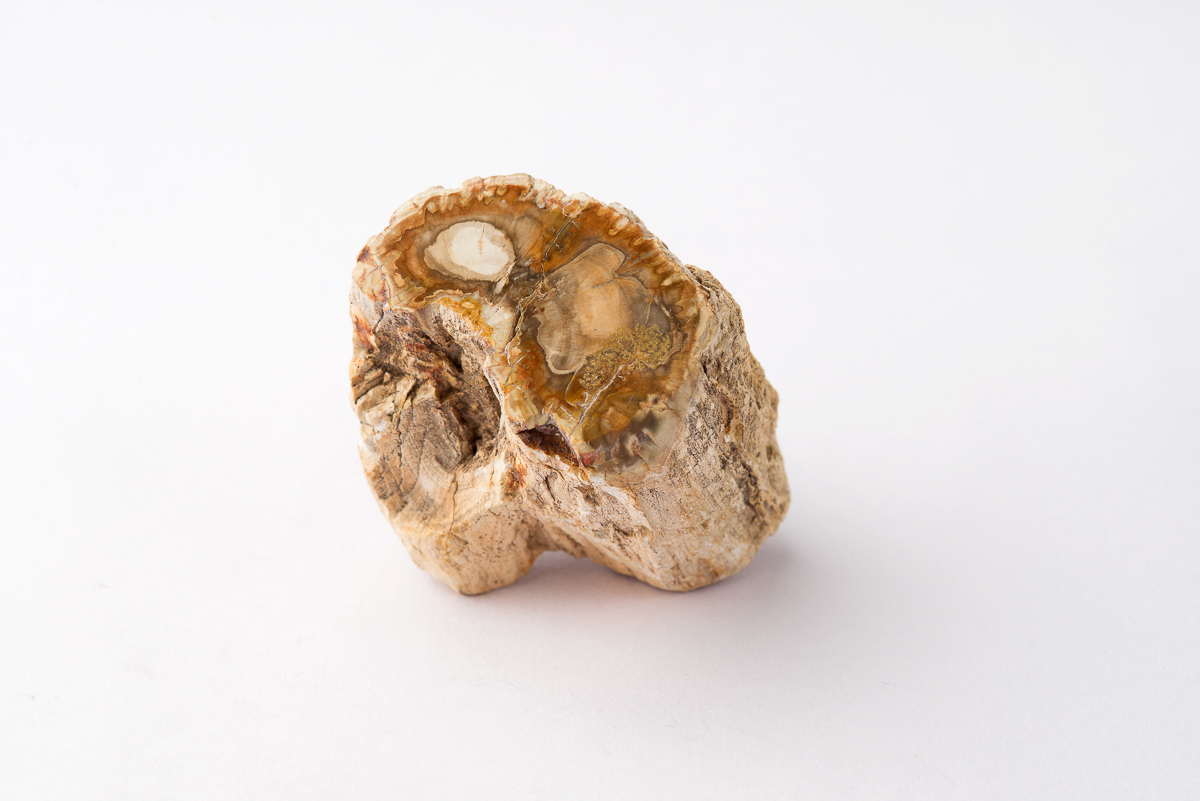
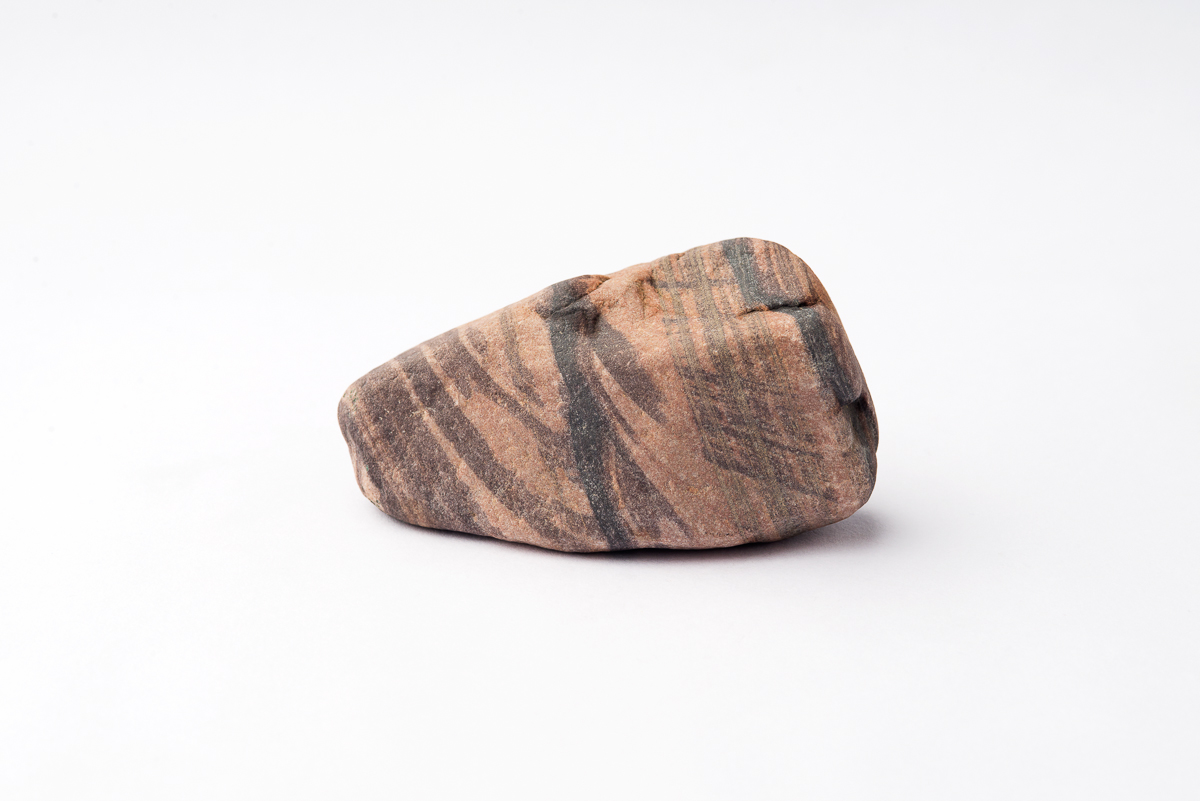
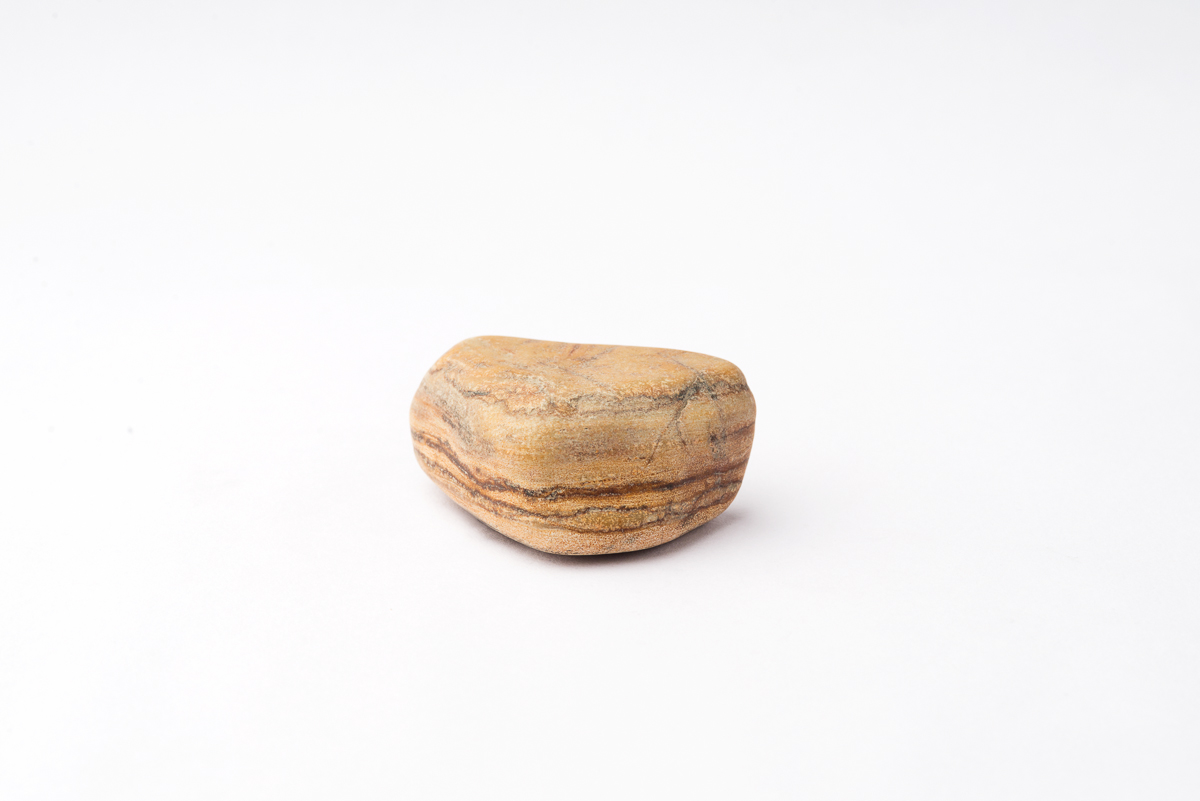
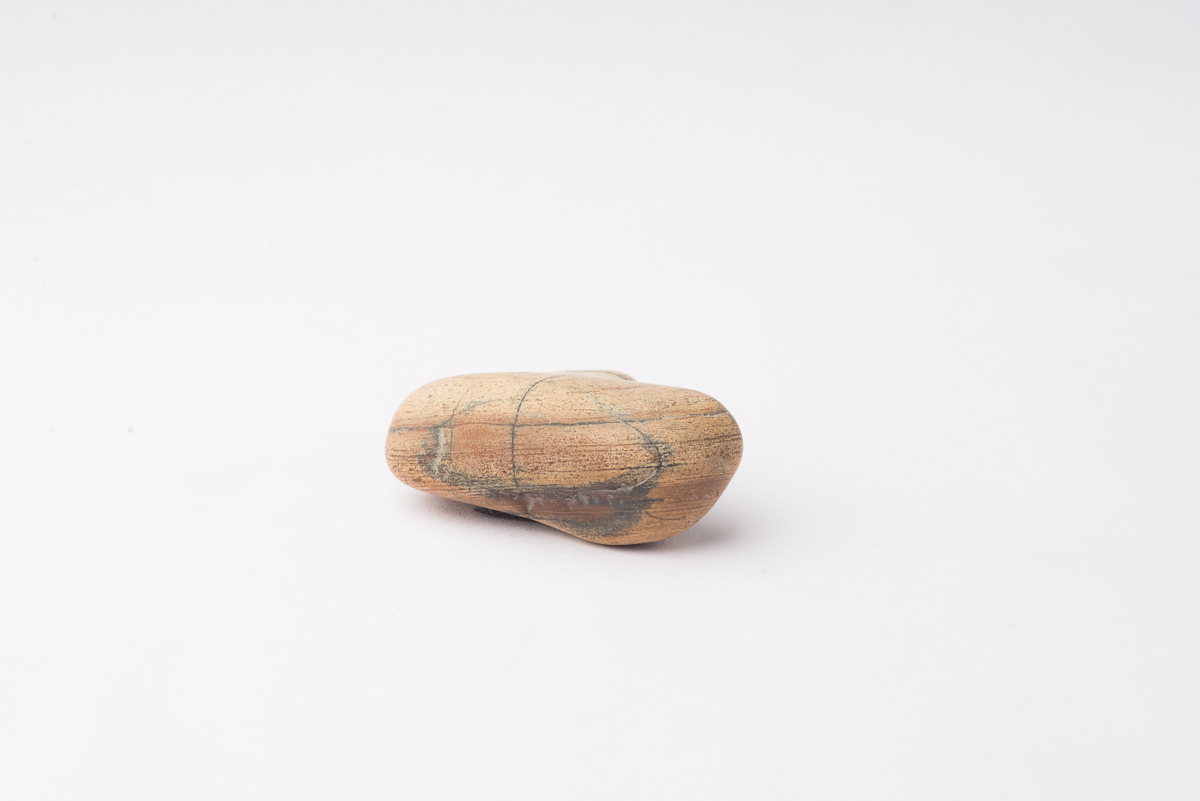

Utah, USA, 2001. The above specimen is that of a fossilized trilobite from Millard County, Utah, USA. Trilobites were hard-shelled, segmented, three-lobed creatures that lived hundreds of million years ago in the Earth’s ancient seas, existing from approximately 520 million to 240 million years ago, long before the first dinosaur roamed the planet. A highly diversified group of the earliest Arthropods (under which we classify present-day insects, spiders and crabs), trilobites came in all sizes: from a few mm to close to 70 cm in length, as has been the largest fossil found till date.

Liaoning Province, China, 2005. Lycoptera species were freshwater fish whose well-preserved remains have been found in abundance in lake sediments of Western Liaoning, northeastern China. This specimen dates back to approximately 124 million years ago, a time when the earth had a relatively warm climate and several shallow inland seas. Lycoptera is an important member of the fossil assemblage of this region; this region is best known for fossilized remains of feathered dinosaurs and early birds, a discovery that has provided crucial evidence in understanding the evolutionary history of birds and the origin of feathers.

Nepal, 1999. Ammonites were shelled cephalopod molluscs that are closely related to present-day octopuses, squid and cuttlefish. Ammonites first appeared in the earth’s oceans 240 million years ago and became extinct at the same time as dinosaurs, approximately 65 million years ago. This Himalayan ammonite specimen holds the impressions of an embedded Himalayan ammonite and is roughly 165 million to 140 million years old. Known as a shaligram, many such are found in the Kali Gandaki river of Nepal and are often worshipped as a manifestation of the Hindu god, Vishnu.

Madagascar, 2002. Ammonites were shelled cephalopod molluscs that are closely related to present-day octopuses, squid and cuttlefish. Ammonites first appeared in the earth’s oceans 240 million years ago and became extinct at the same time as dinosaurs, approximately 65 million years ago. The scientific name for ammonites is derived from the Egyptian god, Ammon, who was frequently depicted wearing rams’ horns, which resemble the spiral shape of the ammonite shell.

China, 2009. Sandstones are among the most common sedimentary rocks. They are the world’s principal reservoir rocks for oil and gas deposits and also the principal aquifers for water. Sandstones may be composed of any sandsized mineral or rock fragment, although quartz remains the dominant component, with mostly rounded grains. Colour depends on cementing agent (e.g. silica). Fossils, bedding and ancient ripple marks are also commonly found in sandstones, as many of these are a result of sediments accumulated in a variety of environments including beaches, deltas and deserts.

China, 2009. Mudstone is an extremely fine grained sedimentary rock that consists of a cemented mixture of silt and clay-sized particles. Mudstone is often replaced by terms such as claystone and siltstone, although these refer to rocks whose grain size falls within much narrower ranges. Marl is a common name for carbonate-rich, soft mudstones. Shale is often used to describe mudstones which are hard and fissile, ones that break along the rock's bedding plane.

Scotland, 2005. Petrified wood is composed mostly of quartz (silicon dioxide) that originated from volcanic ash. Trees may have been carried along ancient rivers and buried underneath large amount of sediments. The process was so quick that the trees were buried without the presence of oxygen. The lack of oxygen led to an extremely slow decay of wood, allow various minerals, predominantly silica, to seep in to permineralize the wood and crystallize within it. This particular specimen is estimated to be 225 million years old.

Rishikesh, India, 1998. Sandstones are among the most common sedimentary rocks. They are the world’s principal reservoir rocks for oil and gas deposits and also the principal aquifers for water. Sandstones may be composed of any sandsized mineral or rock fragment, although quartz remains the dominant component, with mostly rounded grains. Colour depends on cementing agent (e.g. silica). Fossils, bedding and ancient ripple marks are also commonly found in sandstones, as many of these are a result of sediments accumulated in a variety of environments including beaches, deltas and deserts.

China, 2009. Another example of a sandstone. As you can see, properties of sandstones can be fairly variable. This is because sandstone can be formed in a variety of physically and chemically diverse environments. Sand-sized grains that characterize such rocks vary from 0.06 mm to 2mm in diameter.

China, 2009. Another example of sandstone, a clastic sedimentary rock composed of very small, compacted sand and mineral particles (often broken down due to weathering from older rocks known as 'source rocks'). Sandstone primarily consists of quartz and feldspar, the most common minerals found in the Earth's crust.